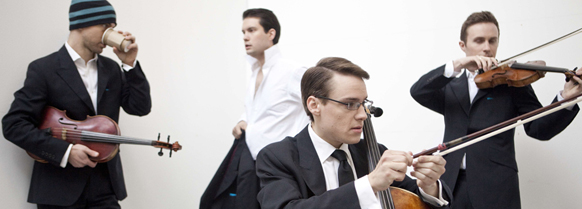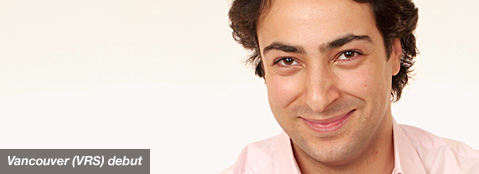Tag: Korngold
-

PROGRAM NOTES: DORIC STRING QUARTET
Franz Joseph Haydn: String Quartet in G minor, Op. 20, no. 3 A strong new current of artistic expression swept through central Europe during the late 1760s and early 1770s, known as Sturm und Drang (storm and stress). While not every work was stormy or stressful, the moniker served notice that composers were turning…


